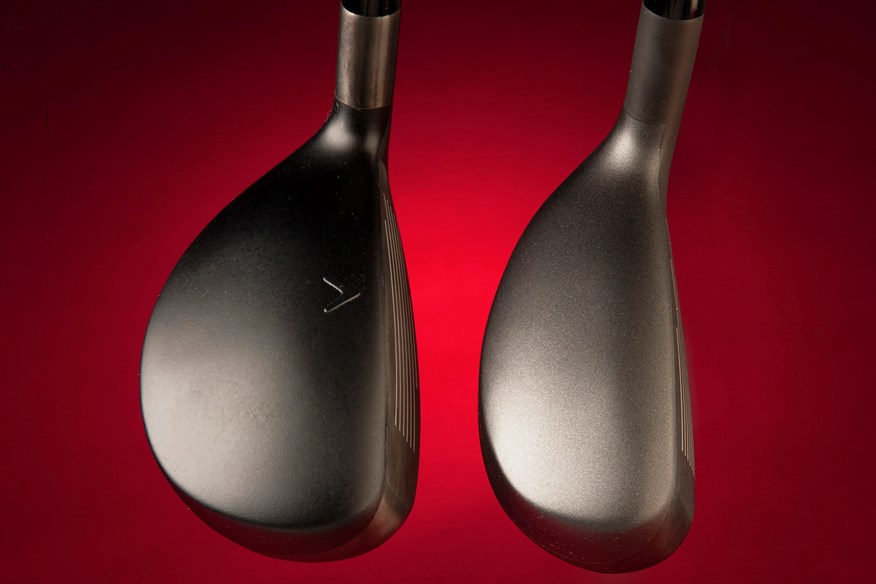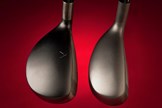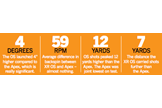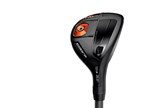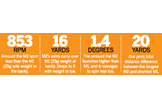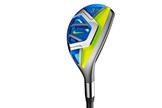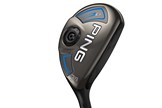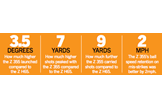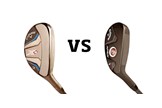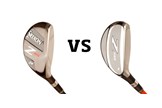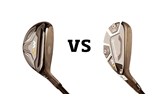Which hybrid test: Wide body v narrow body hybrid
Last updated:
Different hybrid designs suit different golfers – so which is best for you?
Most golf brands offer two or more hybrids in their range. TaylorMade for example makes the M1 and M2, Callaway makes an Apex and XR 16 (and two others) while Srixon produce the Z 355 and the Z H65.
There is a lot more to these clubs than just a different name.
So how are the two versions different, who are they aimed at, and which would suit you?
Some manufacturers now say modern hybrids can be split into three distinct categories – wide body, narrow body and utility irons.
Wide-body hybrids tend to have larger, more rounded heads and are typically aimed at golfers who sweep the ball off the ground like a fairway wood; often the same type of golfer who needs help flighting shots to maximise carry and enjoys extra forgiveness.
At the opposite end of the scale, narrow-body hybrids are often longer from toe to heel and less deep from front to back. They are typically suited to golfers who squeeze down on their hybrids like an iron.
We asked three manufacturers to submit a narrow and a wide-body hybrid from their 2016 range. TG test pro Chris Ryan hit each on a SkyTrak launch monitor at The National Golf Academy at The Belfry. Our number-crunching would reveal the truth about how their performance compared.
Callaway XR 16 OS vs Callaway Apex
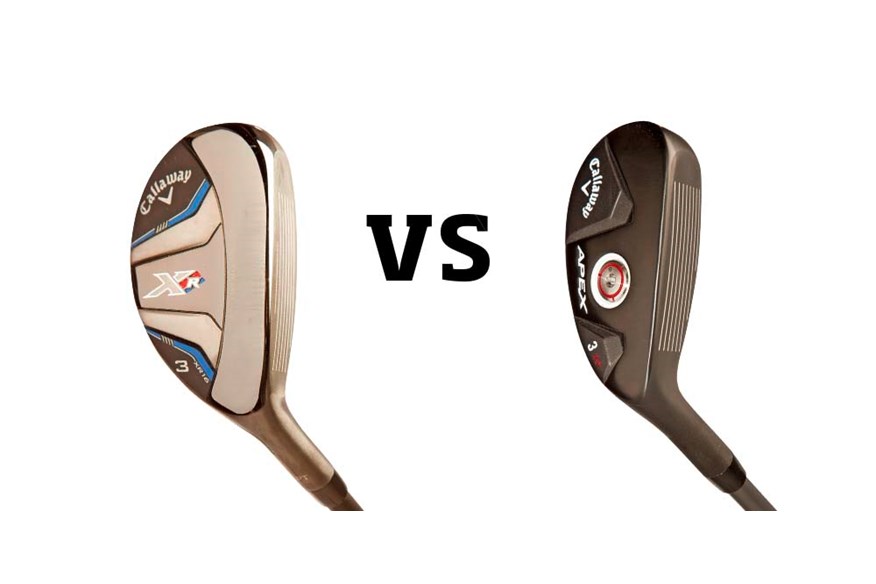
XR 16 OS tech: The larger head increases MOI for maximum forgiveness. It’s designed to add confidence at set-up, be higher launching and has a touch of draw bias to help keep you on the fairway.
Apex tech: A longer, more iron-like blade length and neutral centre of gravity (like an iron) means more workability. Built to appeal to better players, Apex transitions cleanly from
the irons.
Callaway head to head
These two hybrids are clearly aimed at very different golfers. With a sole width of 58mm, the XR OS is 25% bigger than the Apex and this drastically increases the weight that’s located low and further from the face to improve playability and forgiveness. The shaft in the XR OS is half-an-inch longer than the Apex (yet the swing weight is two points lighter), the lie is a fraction more upright to help encourage a draw and the shaft is 6g lighter than the Apex’s 69g. It’s no surprise then that the XR OS launched shots on average four degrees higher than the Apex, its ball speed was a couple of mph quicker than the Apex and on average it carried shots seven yards further.
Our verdict
The Apex’s penetrating flight is well suited to a decent golfer who wants a lower flight, but also has the power to make sure it doesn’t cost distance. We have looked at the two extremes in Callaway’s range (there’s actually another two XR hybrids between these two), but just the fact the XR OS has an alignment aid on the crown and the Apex doesn’t says volumes about who each is aimed at.

Callaway XR 16 OS £169 Lofts: #3 19°, #4 22°, #5 25°, #6 28°, #7 31° Stock shaft: Mitsubishi Fubuki AT Adjustable hosel: No
Callaway Apex £189 Lofts: #2 18°, #3 20°, #4 23°, #5 26° Stock shaft: Mitsubishi Kuro Kage Adjustable hosel: No
Contact: www.callawaygolf.com
Srixon Z 355 vs Srixon Z H65
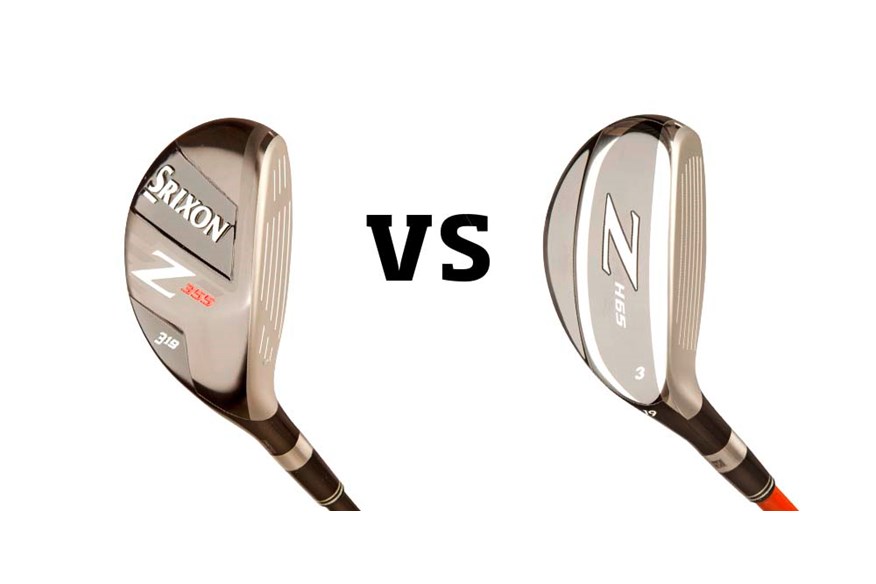
Z 355 tech: A thin strong face maximises face rebound for lower swing speeds. Heavier head weights mean more mass at impact to send shots further, without sacrificing clubhead speed.
Z H65 tech: A new ‘arc support channel’ on the crown gets deeper by loft, positioning CG deeper and lower. Optimised face flex on impacts high in the face boosts ball speed and distance.
Srixon head to head
If we said the wider-bodied Z 355 launched shots 3.5° higher, with 600rpm less spin, flighted shots seven yards higher and carried an average nine yards further, you’d be forgiven for asking why anybody would buy a Z H65. But the Z 355 has been specifically designed for slow to mid-swing speeds to maximise launch, control spin and ultimately increase carry. The 355’s slightly larger, wider head is also heavier, so you swing at the same pace but the head travels quicker to maximise energy transfer at impact. The H65’s shaft is also 10g heavier than the 355’s, which says it’s aimed at harder hitters and faster swingers.
Our verdict
We’re big fans of Srixon’s equipment, and if you go into a test/buying situation with an open mind we reckon the brand’s equipment is more than capable of competing against the very best. The numbers suggest the
Z 355 can definitely put in a shift for you. If you’re a stronger, harder hitter you’ll need to weigh up the options of the smaller-headed Z H65 launching shots lower and being more workable against the Z 355’s extra forgiveness.

Srixon Z 355 £190 Lofts: #3 19°, #4 23°, #5 26° Stock shaft: Miyazaki Jinsoku HB Adjustable hosel: No
Srixon Z H65 £TBC Lofts: #2 16°, #3 19°, #4 22° Stock shaft: Miyazaki Kaula Hybrid 7 Adjustable hosel: No
Contact: www.srixon.co.uk
TaylorMade M2 vs TaylorMade M1
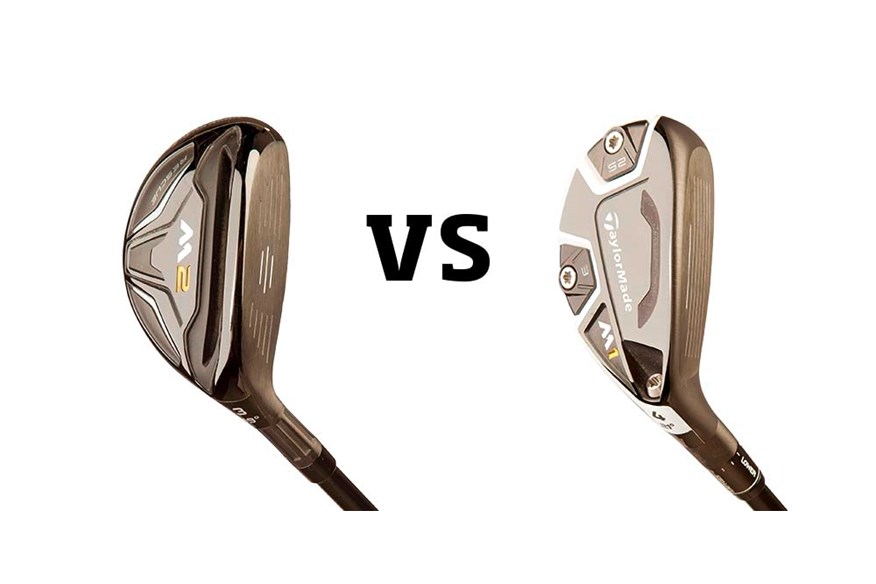
M2 tech: A larger speed pocket creates a bigger, faster sweetspot. There’s also a confidence-inspiring head shape and a lower centre of gravity, which provide a hot trajectory.
M1 tech: A tour-inspired shape that TaylorMade says improves playability from more lies. The 3g and 25g sole weights can be switched around allowing you to create a neutral or fade bias to suit you.
TaylorMade head to head
The M2’s sole is fully 12mm wider than M1, which was created with a nod toward decent golfers who often find they pull hybrids left. We found by positioning the 25g sole weight in the M1’s toe we created a fade bias and our test pro saw a big difference in performance. Launch angle fell by 1.4° and backspin tumbled by almost 600rpm, which when it comes to maxing out distance is crucial. The pair were inseparable when it came
to ball speed, but thanks to M2 launching shots higher with less spin, it picked up eight yards’ carry.
Our verdict
TaylorMade says the M2 range is designed to launch shots higher with less spin to increase carry distance, and that is exactly what the hybrid does. And with the ball speed retention (drop off between good and bad hits) being half that of the M1 it says a huge amount about the club’s forgiveness. That said it absolutely doesn’t mean M1 is a bad club. Take the time to set up the adjustable hosel and sole weight properly and you’ve got a cracking, smaller hybrid which has the ability to keep those who tend to pull hybrids, away from the left side of the golf course.

TaylorMade M2 £159 Lofts: #3 19°, #4 22°, #5 25°, #6 28° Stock shaft: TaylorMade REAX Adjustable hosel: No
TaylorMade M1 £199 Lofts: #2 17°, #3 19°, #4 21°, #5 24° Stock shaft: Fujikura Pro Adjustable hosel: Yes
Contact: www.taylormadegolf.com
Which hybrid test: What we’ve learned
Our evidence shows wider-body hybrids are designed for most club golfers, below we’ve averaged out our results to compare them to their narrower cousins:
Ball speed: 152mph (all narrow hybrids) 153 mph (all wide-body hybrids)
Launch angle: 11° (all narrow hybrids) 14° (all wide-body hybrids)
Backspin: 4,256rpm (all narrow hybrids) 3,804rpm (all wide-body hybrids)
Peak height: 34 yards (all narrow hybrids) 41 yards (all wide-body hybrids)
Carry distance: 233 yards (all narrow hybrids) 241 yards (all wide-body hybrids)
Some brands only make one hybrid…. Here are three of our top performers
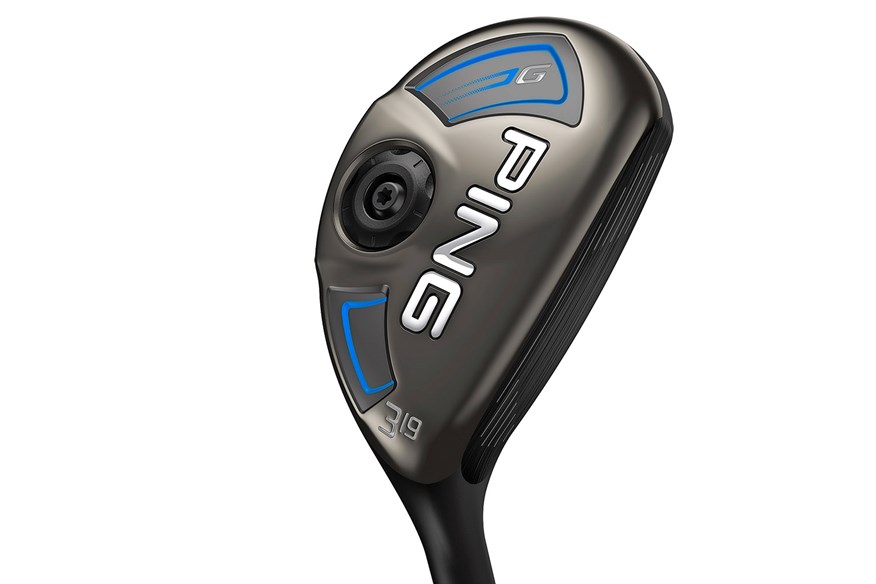
RRP: £180
Lofts: #2 17°, #3 19°, #4 22°, #5 26°, #6 30°
Stock shaft: Alta 70 High Balance Point
Adjustable hosel: No
Contact: www.ping.com
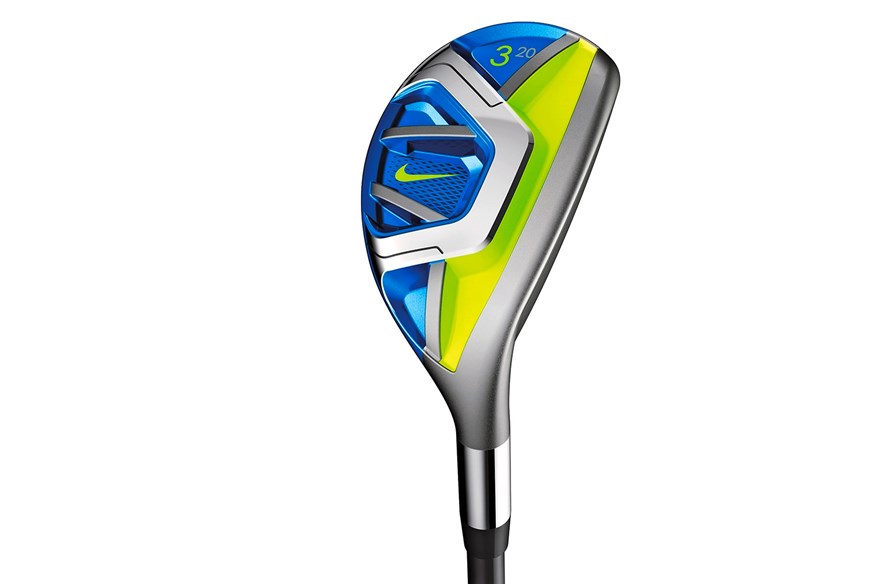
RRP: £149-£169
Lofts: #2 17°, #3 20°, #4 23°, #5 26°
Stock shaft: MRC Tensei CK Blue 80H, MRC Diamana S+ Blue Board 80H
Adjustable hosel: No
Contact: www.nike.com/golf
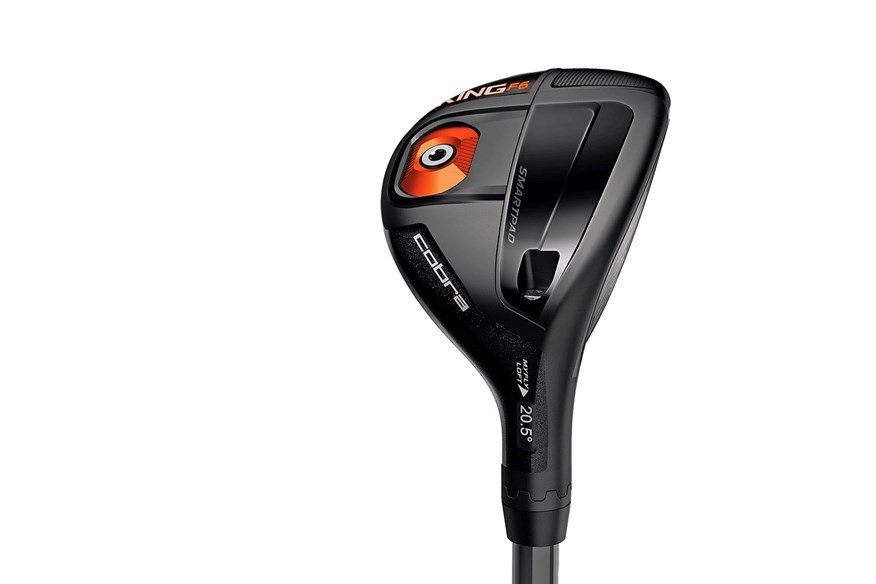
RRP: £149
Lofts: #2-3 16°-19°, #3-4 19°-22°, #4-5 22°-25°
Stock shaft: Matrix Red Tie
Adjustable hosel: Yes How much loft change: 3° (three draw settings)
Contact: www.cobragolf.co.uk
